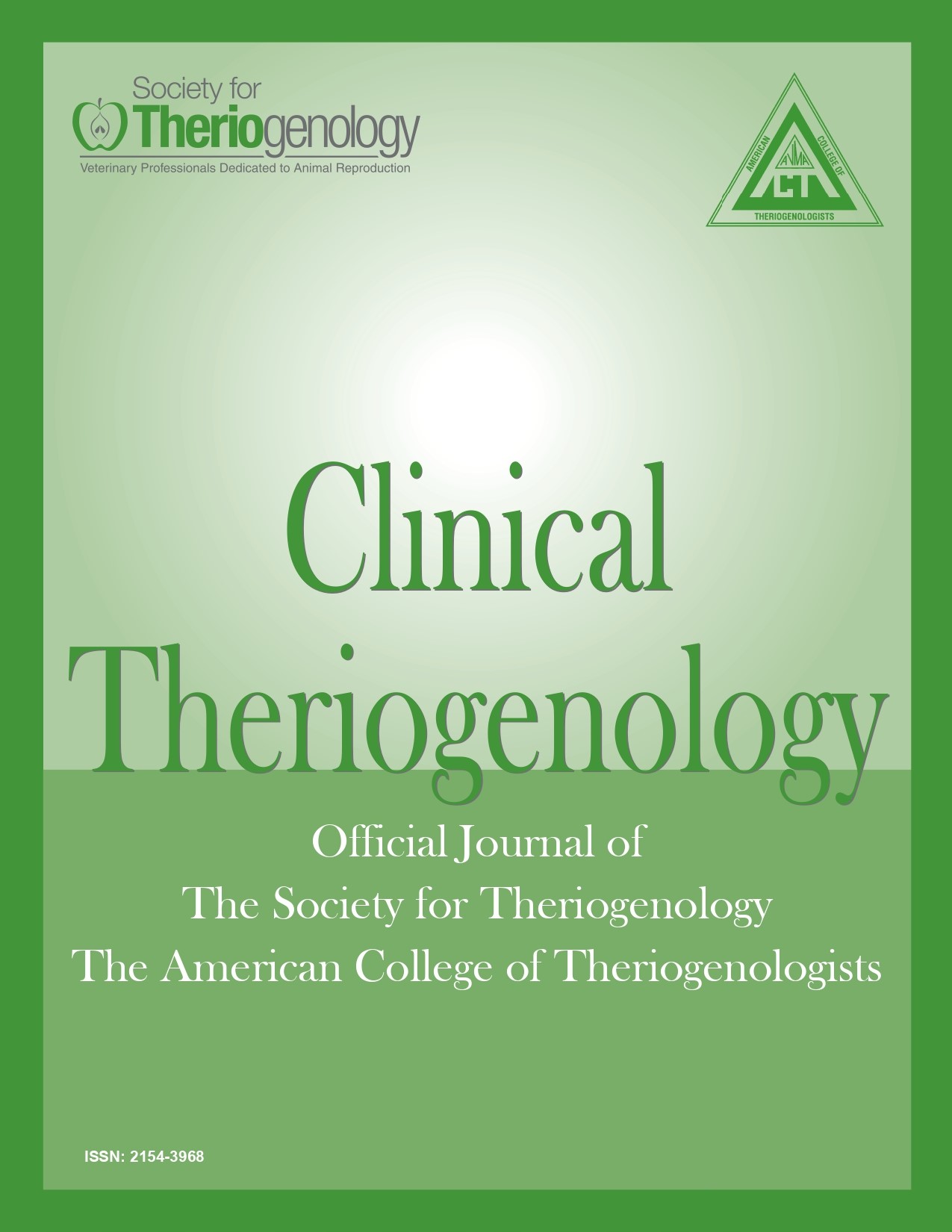Sperm and seminal plasma microRNAs in the context of bull sperm fertility
Abstract
Spermatogenesis consists of mitotic proliferation of spermatogonia, meiosis of spermatocytes, haploid differentiation of spermatids, and genesis of male gametes. Male germ cells have a complex transcriptome. Phase-specific gene expression patterns are seen by the active transcription of the genome of male germ cells, however new RNAs are not transcribed in haploid sperm. The RNAs originated from the diploid germ stem cells are carried to the oocyte upon fertilization. Sperm have protein-coding messenger RNAs, and many noncoding RNAs, including microRNAs (miRNAs). The miRNAs regulate gene expression, mainly by repressing post-transcription or by inhibiting translation of their target messenger RNAs. Clinical studies have exploited the well-defined profiles of miRNAs in sperm and seminal plasma, and human sperm or seminal plasma miRNAs have been proposed as potential biomarkers for male factor infertility. We have explored the expression of miRNAs in bull sperm or seminal plasma and correlated with their field fertility. Remarkably, a few studies explored miRNome profiling in bull sperm and seminal plasma using deep sequencing and mapping technologies. In future studies, whole-miRNome profiling using highly sensitive and specific deep sequencing and mapping technologies should be used to examine bull sperm and seminal plasma. Once novel and known miRNAs are screened by deep sequencing technologies, functionality should be validated using realtime PCR technology. Most of all, standardization of the nomenclature and abundancy specific to cattle is needed to include miRNome profile in bull fertility testing.
Downloads

This work is licensed under a Creative Commons Attribution-NonCommercial 4.0 International License.
Authors retain copyright of their work, with first publication rights granted to Clinical Theriogenology. Read more about copyright and licensing here.





